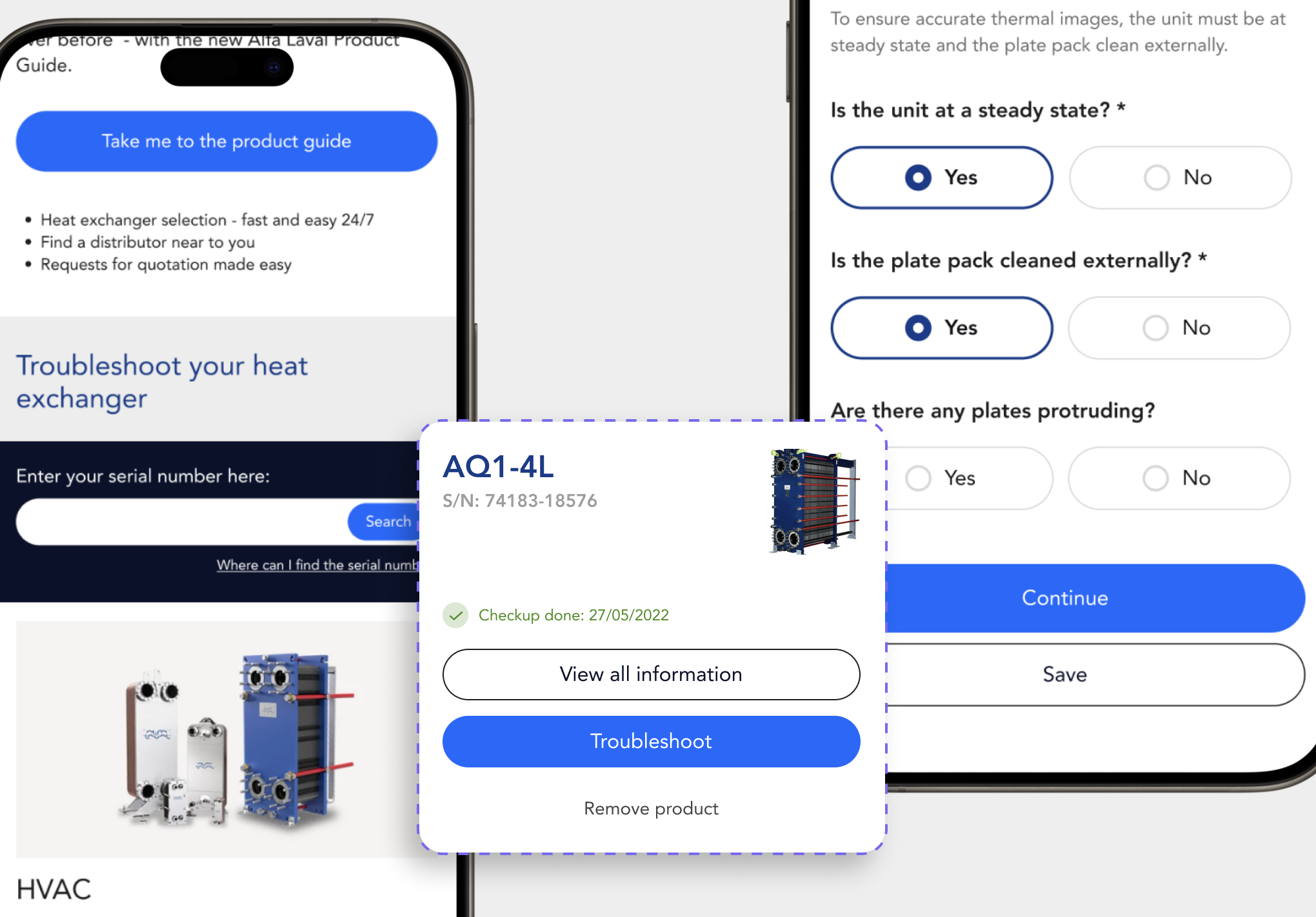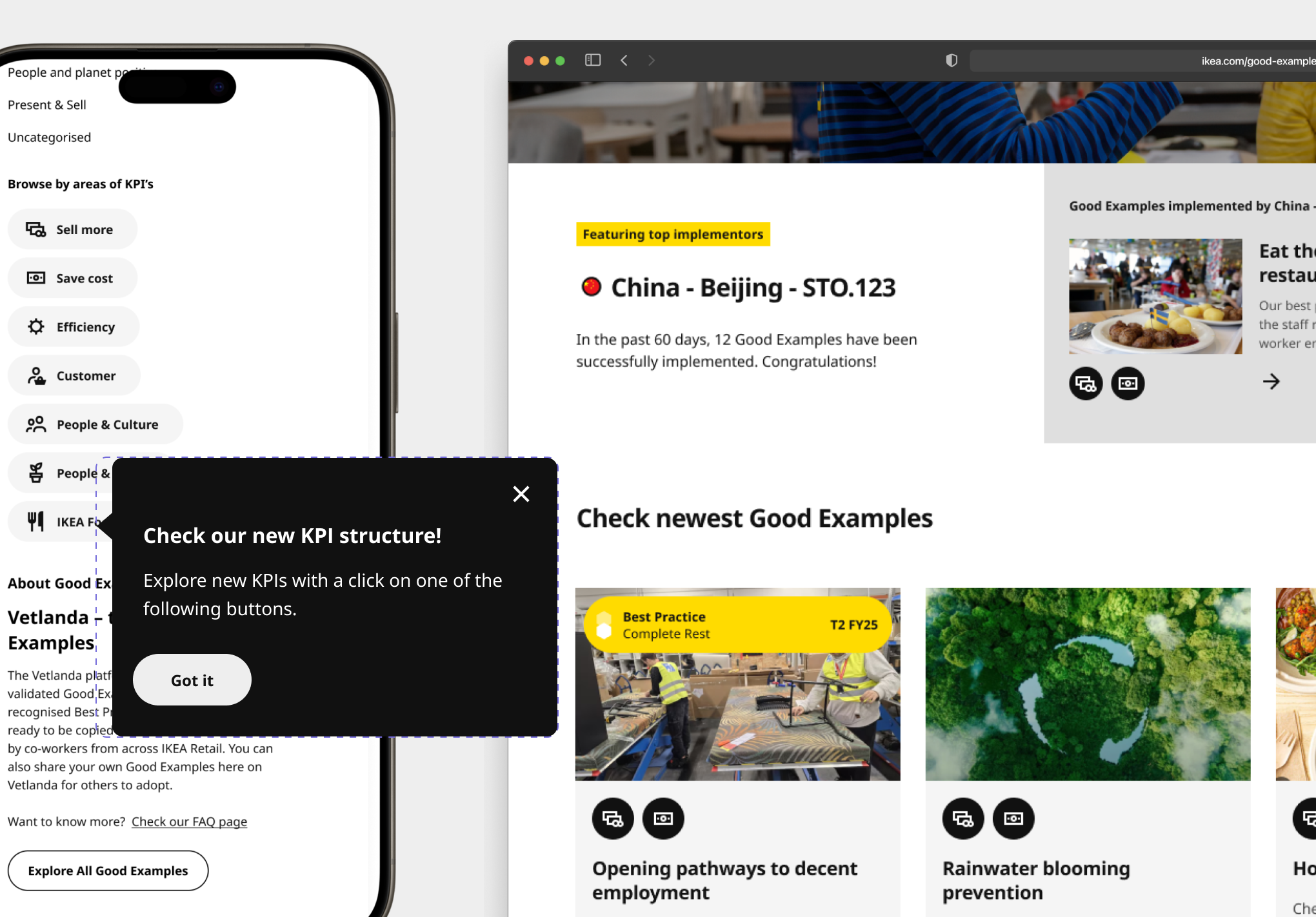Our mission was to understand why customers were struggling to get help online and build a solution that empowered them to help themselves.
My role as a product designer on the project was to take over the existing analytics across various platforms, facilitate workshops, and create designs aligned with the company’s established brand direction.
As online orders increased during the pandemic, so did customer inquiries. Suddenly, Elkjøp’s customer support centers were overwhelmed. Phone lines were busy, response rates to emails dropped, and frustrated customers started showing up in stores, often for issues that could have been solved online.
Shaping the product roadmap with qualitative data
Creating ownership across the team in building new solutions
Our primary objectives was to align the product roadmap with the features that would most effectively reduce the costs of inbound calls. To achieve this, we gathered quantitative data and initiated sessions of qualitative research.
We knew that costs were increasing across nearly all customer touch points, but we needed to investigate the following: which reasons for calling were most frequent, and what services we could develop to address them.
We launched user surveys across Elkjøp’s customer service pages in all four countries using Hotjar. Each week, I shared key findings with the product team, including:
• Ratings and feedback trends
• Technical issues on subpages
• Common complaints and search terms
We also ran co-listening sessions at Elkjøp’s customer care centres. Sitting alongside support agents gave us a direct view of both sides of the experience — how customers described their problems and how agents worked to resolve them. The images below show snippets of user data we collected, along with screenshots from remote co-listening sessions and user testing of the existing customer centre page.

Across channels, five key insights emerged:
• Customers wanted real-time updates on deliveries and repairs (the most common one)
• Waiting more than 10 minutes on the phone felt unacceptable.
• Information about returns, price matching, and delivery was too hidden.
• Customers wanted to solve issues themselves (if they have the right tools).
• Many calls were about information already available on the website, but it was hard to find.
Customers didn’t necessarily need more support staff. They needed better self-service tools and clearer online guidance.
I facilitated a discovery workshop with our cross-functional team of developers, and our business analyst and product owner.
Together, we mapped out opportunities and voted on priorities using a simple impact–effort matrix. The workshop concluded with a clear roadmap focused on three initiatives:
• A self-service repair status tracker: allowing customers to check repair progress anytime.
• Simplifying navigation and surfacing key FAQs in customer support pages.
• A callback option for phone support, letting customers opt for a return call when queues were long.


Working on customer service pages in parallel
Empowering customers with the repair status self-service
The greatest breakthrough we achieved was the strong adoption of the repair service by our clients.
I am particularly proud of having conducted interviews across all four markets where Elkjøp operates, as we gathered remarkably diverse insights,even though the Scandinavian countries may appear quite similar to an outsider. This allowed us to identify which features to prioritise for implementation, and the decision was very well received by the stakeholders.
On the other hand, it was an important learning experience in making better use of the quantitative data available. The client was using several tools (Happy or Not, Hotjar, GA), but initially we did not make full use of this data. It took a few iterations and several syncs with the product owner and business analyst before we established an effective way to store all essential data in a central repository.
Workshops and interviewing all four markets had a great impact on the product roadmap
The old customer support pages were overwhelming and uninformative. Customers couldn’t find the email address for contact, and help articles were too generic. We redesigned the experience to make self-service the hero:
• Placed the search bar and key self-service tools (repair tracker, chatbot, gift card balance, price match) front and center.
• Highlighted the most common customer questions — about repairs, payments, store hours, and delivery.
• Added real-time waiting time estimates and clear alternatives (chat, phone, callback) if self-service didn’t help.
We frequently iterated this page in all four countries, depending on the time the customer needed to answer the phone, email or talking wit hthe chatbot.
We launched the repair status web app, starting with the Swedish market, allowing customers to track every stage of their repair without needing to call.
Later iterations introduced features like refund requests and direct communication with insurance partners, all within the same interface.
On the webpage, we gradually introduced iterations of the customer help hub, providing the self-service tools available to users. Below that, we offered an extensive FAQ section covering all aspects of the purchasing process. If, after consulting these resources, a customer still wished to speak with a support agent, we provided two contact options (as shown in the image on the left). We did this independently for all Scandinavian country individually.
In collaboration with the customer support managers, we adjusted the contact information accordingly. For example, if phone lines were congested for several days, we would prioritise the chatbot option to help manage demand and better understand the causes of the congestion.
We introduced extensive parcel tracking that allows customers to monitor their delivery at any time. One of the most significant improvements was the addition of automatic delay notifications, which are sent if a package hasn’t changed location for at least five days. This feature greatly reduced the number of calls made to stores.
Through continuous user research and iterations, we gradually introduced more features: for example, a cost estimate that allowed customers to decide directly within the PWA whether a repair was worthwhile. We also displayed detailed reports of the faulty item provided straight from the repair shop or third-party service provider.











